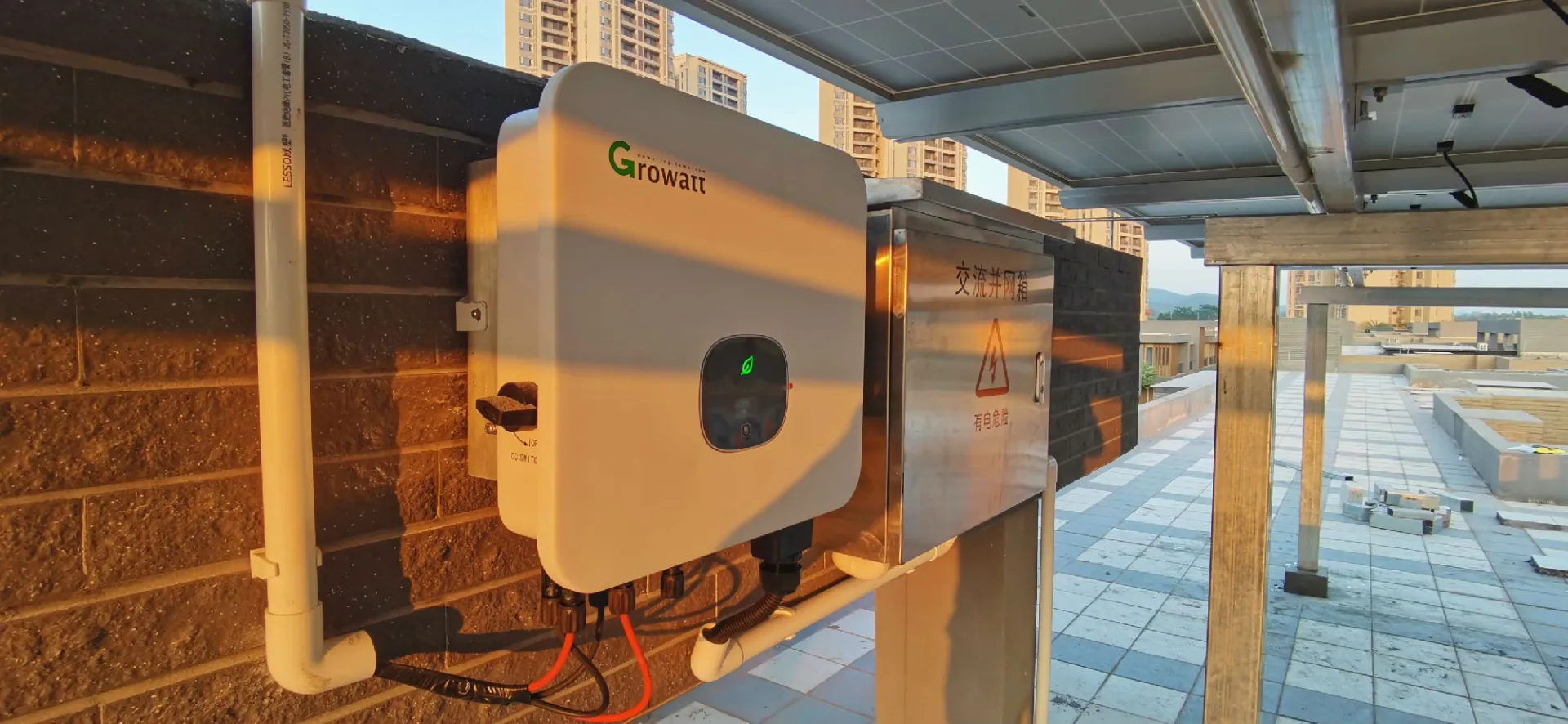average cost of solar panels
The Average Cost of Solar Panels A Comprehensive Overview
With the growing emphasis on renewable energy sources and sustainable practices, solar panels have garnered significant attention as an ideal solution for both residential and commercial energy needs. The average cost of solar panels varies widely depending on several factors, including location, installation, type of solar technology, and available incentives. Understanding the costs involved can help homeowners and businesses make informed decisions about transitioning to solar energy.
As of late 2023, the average price of solar panels in the United States is estimated to be between $2.50 and $3.50 per watt. This means that for a typical residential system, which may require about 5 kW of solar power, the total cost can range from $12,500 to $17,500 before federal tax credits and other incentives. Since prices can fluctuate based on local market conditions, it is essential to obtain multiple quotes from local solar providers to ensure competitive pricing.
One of the critical aspects affecting the overall cost of solar panels is the type of technology used. There are primarily three types of solar panels monocrystalline, polycrystalline, and thin-film. Monocrystalline panels, known for their efficiency and sleek design, typically come at a higher price point but are often worth the investment due to their longevity and higher energy output. Polycrystalline panels are generally less expensive and are favored for larger installations where space is not a primary concern. Thin-film panels, while lightweight and versatile, may require more space due to their lower efficiency, thus impacting their overall cost-effectiveness.
average cost of solar panels

The location of the installation also plays a crucial role in determining solar panel costs. Areas with abundant sunlight can yield higher energy production and better returns on investment, making solar installations more attractive financially. Additionally, local regulations, permitting processes, and utility policies regarding solar energy can influence overall costs. For instance, states with strong renewable energy incentives often have lower net installation costs, leading to increased adoption rates among homeowners and businesses.
Government incentives significantly impact the overall cost of solar installations. The federal solar tax credit, which allows homeowners and businesses to deduct a percentage of the installation costs from their federal taxes, has been a game-changer for many. As of 2023, this credit stands at 30%, providing a substantial financial incentive for those considering solar energy. Many states also offer their own additional incentives, rebates, and financing options, which can further reduce the upfront costs associated with solar panel installations.
Furthermore, the long-term financial benefits of solar energy must be considered when evaluating costs. Although the initial investment can be substantial, solar panels can lead to significant savings on electricity bills, with many homeowners seeing a return on investment within 5 to 10 years. Additionally, solar power increases property value and offers protection against rising energy prices.
In conclusion, while the average cost of solar panels may seem daunting, numerous factors influence these prices, and potential savings through incentives, energy bills, and increased property value should not be overlooked. As technology advances and production costs continue to decrease, solar energy is becoming an increasingly viable option for anyone looking to invest in a sustainable future. For those considering this transition, thorough research and careful planning are essential to maximizing the benefits of solar energy.
-
Navigating Off Grid Solar Inverter: From Use Cases to Trusted PartnersNewsAug.05,2025
-
Solar Edge String Inverter: A Wholesaler’s Guide to Inverter Technology SelectionNewsAug.05,2025
-
Microinverters: Revolutionizing Solar Energy UseNewsAug.05,2025
-
Future of Monocrystalline Solar Panel Efficiency: Latest Technological AdvancesNewsAug.05,2025
-
Solar Panels for House: A Complete Guide to Residential Solar EnergyNewsAug.05,2025
-
Panel Bifacial Performance in Snow and Low-Light ConditionsNewsAug.05,2025







